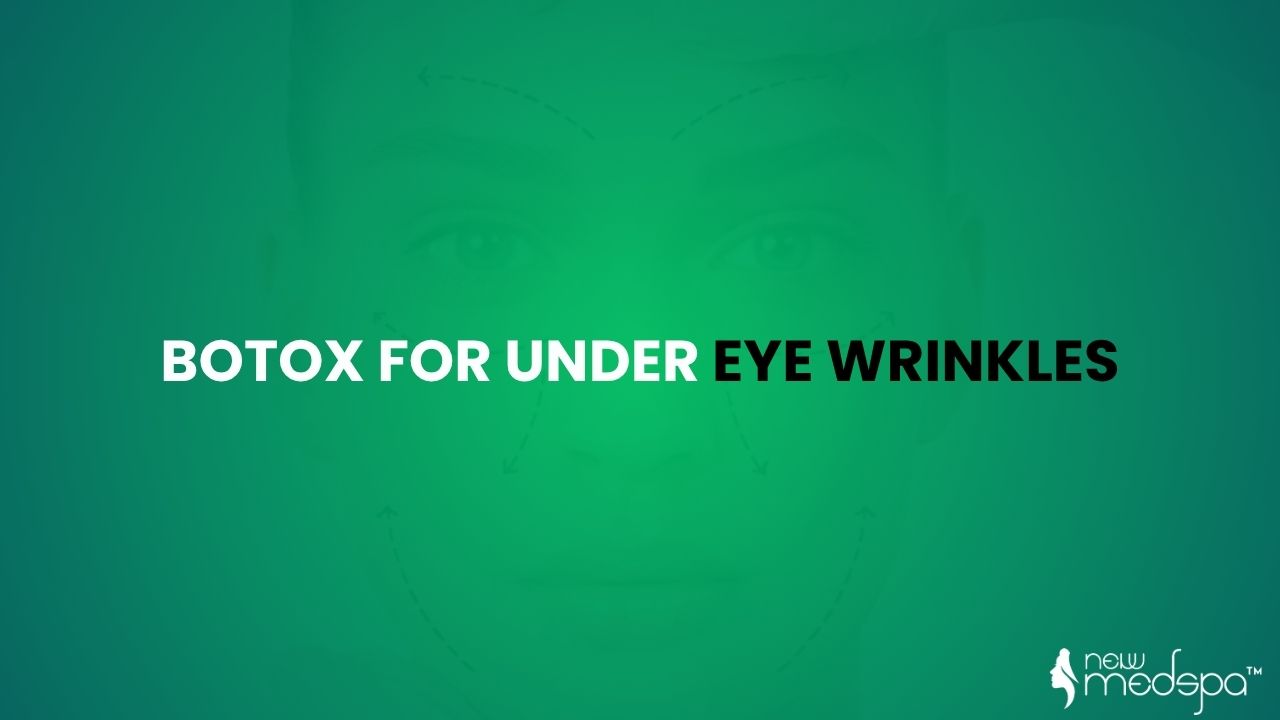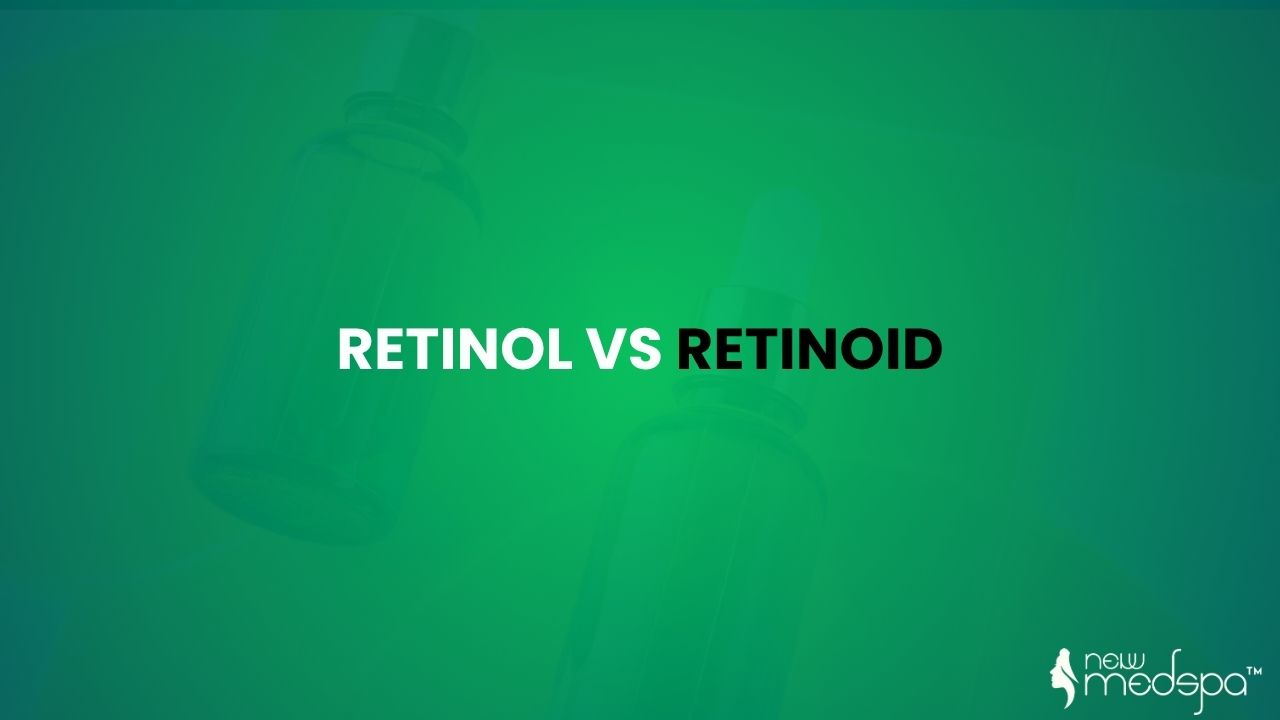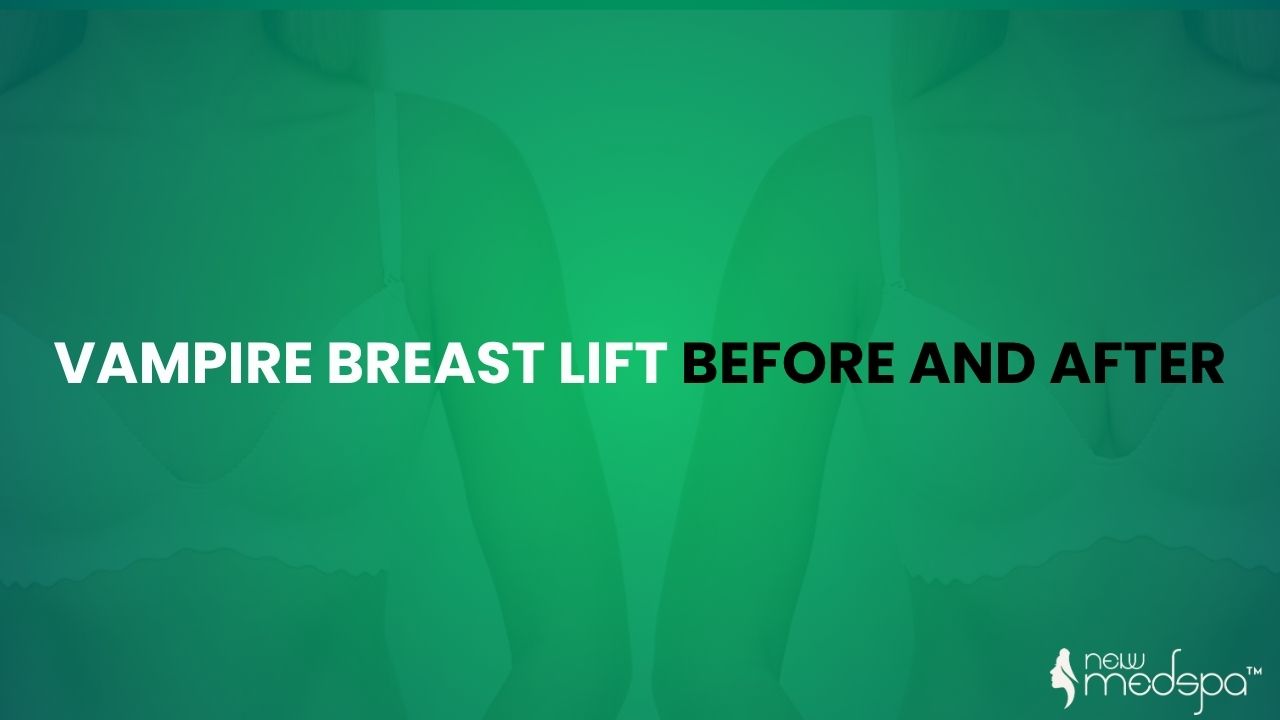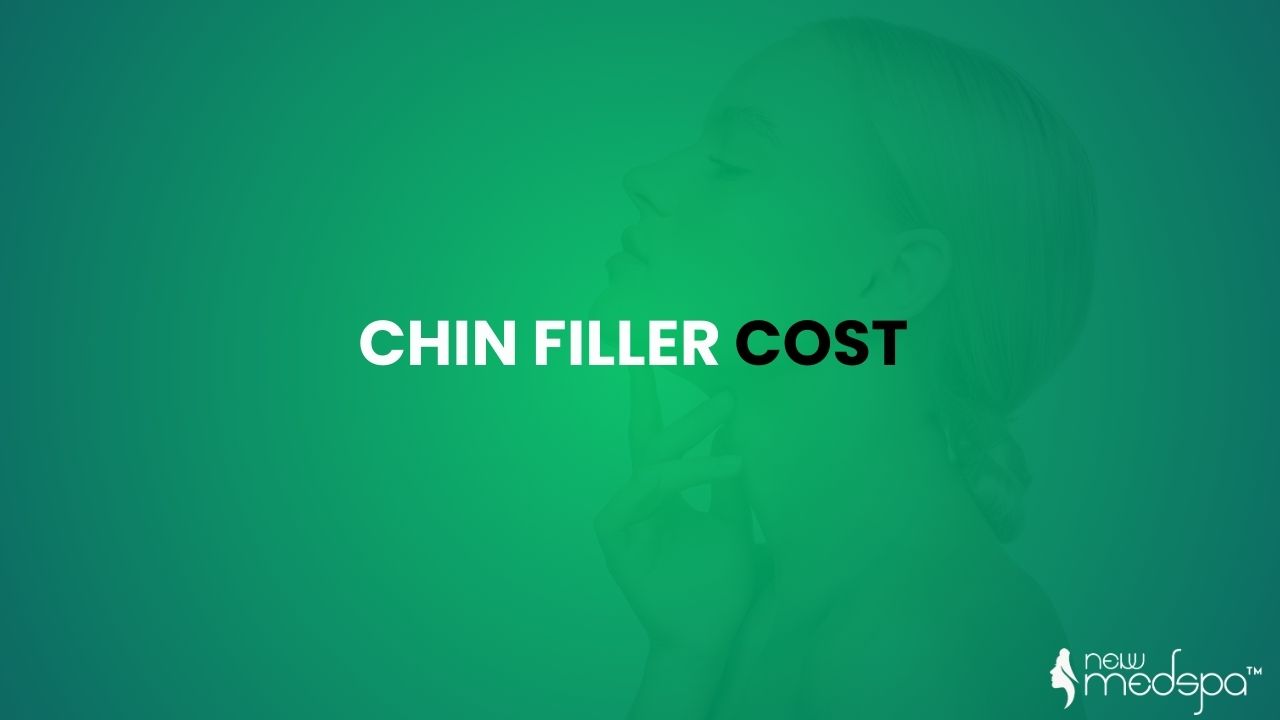Introduction
The Types of dermal Fillers are a mainstay of non surgical cosmetic treatments, and there are many different kinds that can be used to effectively restore volume to your face without need for Surgery. There are Types of Dermal Fillers that come with different uses and different benefits. What they can be used for and what you should consider before making a decision.The best strategy is used to apply fillers as necessary to deal with the signs of aging as they appear, dermal fillers over 85% of injections are done with HA (Hyaluronic Acid).
What are Types of Dermal Fillers?
Types of Dermal fillers are mainly used in the field of cosmetic dermatology to treat aging signs, improve facial aesthetics,and correct skin tone and texture. Usually dermal fillers, treatments require very little no recovery time and provide very soft and pleasing results.
Many times people look for such treatments that can give them desired results without any invasive procedure like facelift.But before going for any dermal filler, you must discuss with our licensed Dr J.MD.
Dermal fillers are materials that can be injected beneath the skin to add volume, fill in lines and plump up the facial features. There are different kinds of dermal fillers available and each kind is manufactured to perform in specific ways and used for different areas of the face. Below are some of the most commonly used kinds.
1. Autologous Filler
Subcutaneous filler is distributed across independent compartments divided by fibrous septa. In the young face the border between these compartments of subcutaneous filler is smooth but with aging there are sudden changes of contour between the spaces,losing volume or misplacement of filler orbital for example, hemiate easy to form bags around the eyes. The injection of one’s own filler offers a safe and natural solution.Filler is suctioned from the thighs or abdomen using special cannulas. The filler graft is then washed by centrifugation.With another of cannula the filler is injected in the area to be treated according to indications (forehead, brow, checks, suborbital area, perioral regions, jaw etc ). Filler is injected at different depths (subdermal, intramuscular, and subperiosteal) and in different quantities depending on the patient and anatomical area treated.
2. Hyaluronic Acid
Normally, HA is found in the human body as an element of the extracellular matrix, to their hydrophilic characteristic, HA filler materials can accomplish a significant amount of soft tissue augmentation after injection. The direct filling effect is strictly dependent on the volume of exogenous HA injected, but it has been demonstrated that HA accomplishes an indirect effect in that, once it is deposited in the dermis, it stimulates the dermal fibroblasts. HA is a temporary injectable filler, However, unlike collagen fillers, which remain in tissue for only a few days or weeks or even longer in some cases depending on the kind of HA filler material. When an appropriate volume is correctly placed, this material cannot be perceived either sight or by touch.
3. Calcium Hydroxylapatite Fillers
Calcium hydroxylapatite fillers consist of calcium particles suspended in gel. They are stimulating collagen production and provide more prolonged effects than HA fillers. CaHA fillers are very useful for deeper wrinkles, check volume loss and facial contouring. Radiesse is a well known brand of CaHA, Suspended in a water based carboxymethyl cellulose gel carrier. The microspheres are very smooth and vary in size from 25 to 45 µm. The product is totally biocompatible, so there is no need for pretreatment skin testing.The product has both immediate volumizing effect from the presence of the filler itself and delayed effect due to endogenous collagen.
4. P – L- Lactic Acid fillers
Poly L lactic Acid (PLLA) fillers are biodegradable synthetic materials that stimulate collagen production. Even though it is not immediate, PLLA fillers deliver gradual improvement in skin Quality and Volume. This type of fillers is recommended for deep wrinkles, and facial hollowing.
5. Polymethyl Methacrylate Fillers
Polymethyl Methacrylate Fillers consist of microspheres suspended in a collagen based gel. They provide long lasting volume restoration by simulating collagen production around the microspheres. PMMA fillers are commonly used for treating acne scars and deep wrinkles.
6. Collagen Fillers
Collagen Fillers, Also known as soft tissue augmentation, collagen fat injectable is cosmetic plastic surgery treatment to correct wrinkles, skin depressions and or scarring by injecting a substance collagen into skin to augment or fill the treatment area. The effects of this procedure are not permanent for some people. You may need to have a touch up injection every 3 to 12 months. For some patients, however, the injection will stimulate the body’s own collagen production, which means it may be longer before a follow-up injection is needed.
7. Calcium Hydroxyapatite
Soft tissues fillers are increasingly popular as noninvasive therapeutic alternatives for facial rejuvenation. Calcium Hydroxyapatite is an injectable dermal filler consisting of uniform, CaHA microspheres in an aqueous carboxymethylcellulose gel carrier. It represents a long lasting,but non permanent filler and has high biocompatibility with human tissues. CaHA injection into the oral mucosa and the lips of label use and may cause nodule formation. This occurs immediately after injection and represents accumulated particles and not a granulomatous reaction.
Conclusion
The Types of Dermal fillers allow for an individualized treatment strategy to target all of these aesthetic issues. Hyaluronic acids are very versatile and widely used as they are completely natural and body and work by attracting moisture and binding water which in turn hydrates the skin and restores or enhances volume. Calcium hydroxylapatite fillers promote the formation of collagen fibers and as a result provide longer term results compared to HA fillers.these fillers allow them to be placed in deeper wrinkles and provide restoration of volume loss. Polly L Lastics fillers are another synthetic compound which stimulate collagen production and the gradual accumulation of new collagen stimulates improves skin quality as well volume.





























